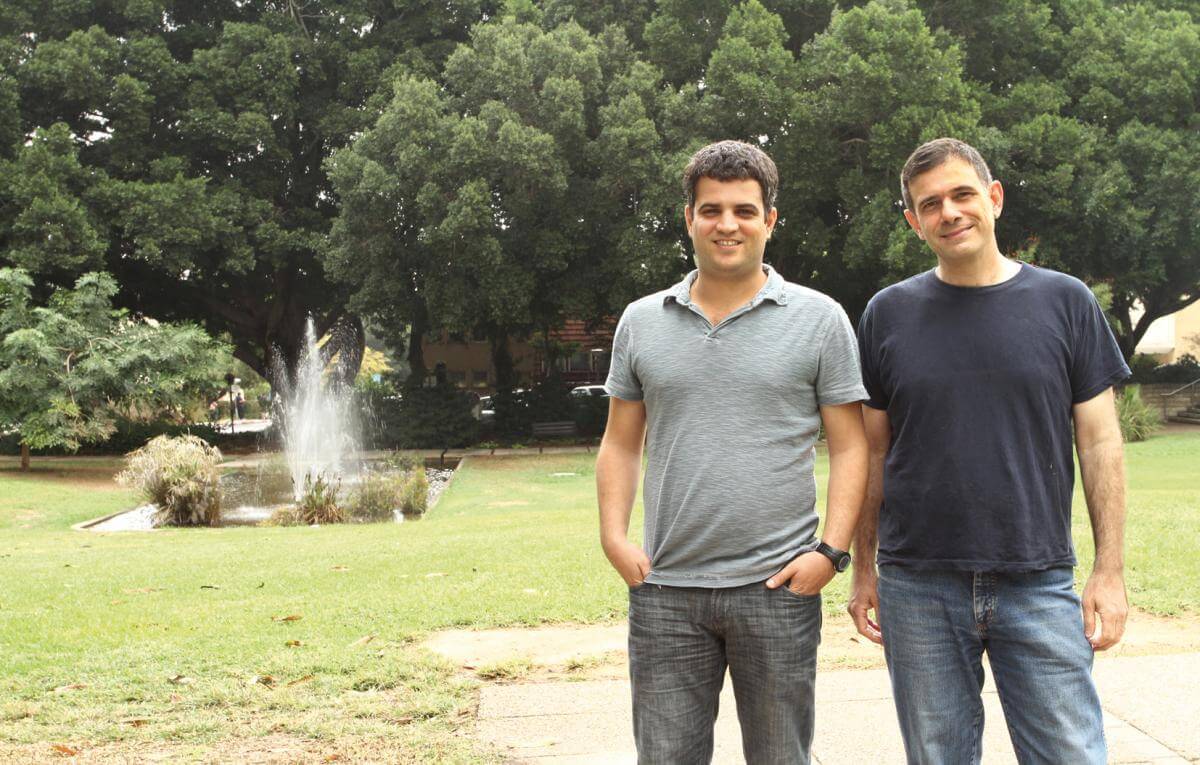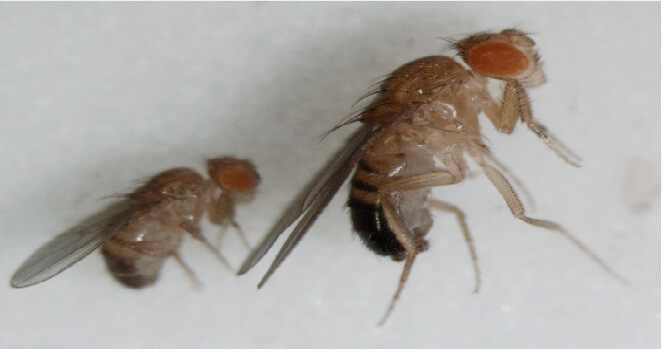Dr. Yoav Suan, from the Department of Biological Chemistry at the Weizmann Institute of Science, together with his group members, Shai Stern and Dr. Yael Friedman-Sirkis, and Prof. Erez Brown from the Technion, developed a strategy that would allow them to study the adaptation of creatures to their environment

The survival of living beings largely depends on their ability to adapt to challenging environmental changes, such as changes in temperature and food sources, exposure to infections, and more. The adaptation to environmental challenges occurs in evolutionary time periods estimated at millions of years. This adaptation usually involves repeated exposure to the challenging conditions, while selecting and preserving beneficial genetic changes, which help to deal with the challenge and are passed on to the offspring. But what happens when rare, unexpected environmental challenges appear, when there is not enough time to develop an adaptive evolutionary response?
Various evidences point to the possibility of the existence of another hereditary mechanism which may have an effect in short periods of time. It turns out that in some cases epigenetic changes - that is, that do not involve changing the genetic material itself, but the way it is activated - may be passed on immediately to the offspring (in contrast to the time periods of many generations that characterize genetic evolutionary processes). However, central questions, such as how and under what conditions epigenetic changes are caused that are transmitted from generation to generation, have hardly been investigated. The biological logic and evolutionary meanings of these phenomena are also not clear.

Dr. Yoav Suan, from the Department of Biological Chemistry at the Weizmann Institute of Science, together with his group members, Shai Stern and Dr. Yael Friedman-Sirkis, and Prof. Erez Brown from the Technion, developed a strategy that would allow them to investigate the issue. The scientists injected a toxic substance into the food of fruit flies. In addition, a gene was inserted into the flies that gives them resistance to the poison, but this gene is not activated everywhere and at any time, but is expressed selectively, under the control of initiators (promoters, pieces of DNA that function as "switches" for turning genes on and off), whose role In nature it affects genes related to development. Since the poison is unknown to flies, and the normal control of these initiators is not related to dealing with poisoning, flies do not have a ready genetic program that allows them to effectively deal with the situation. This allowed the scientists to examine how the flies deal with a surprising change, and to test their ability to pass on the changes caused by the initial confrontation to their offspring.

The results of the study, recently published in the journal Cell Reports, show that flies in which the resistance gene was inserted did indeed manage to survive, and that the survival rates - which reached up to 100% - depended on the initiator chosen and the way the initiators controlled the activation of the resistance gene. The scientists also managed to uncover part of the mechanism that allows the flies to survive: the exposure to the poison suppressed the group of genes called Polycomb, whose role is to prevent the activation of developmental initiators in the wrong tissues. The suppression of the genes from the Polycomb group released many primers for action in additional tissues, including those where they are normally suppressed, thus causing not only resistance to the poison, but also developmental changes. Some of these changes were inherited by the flies' offspring, who showed similar developmental "disorders", even though they themselves were not exposed to the poison. However, unlike evolutionary changes that are preserved throughout the generations, the epigenetic changes did not maintain stability, and after several generations under normal environmental conditions, the offspring returned to normal developmental characteristics.
The scientists point out that additional studies will be required, in which additional factors and different stages of development will be examined, to determine whether epigenetic changes are a common and general mechanism for dealing with unexpected environmental changes. It should also be examined whether repeated exposures to the environmental challenge may stabilize the epigenetic changes. If it turns out that the environment can indeed induce stable epigenetic changes, this may provide another perspective on the evolution of gene control.
